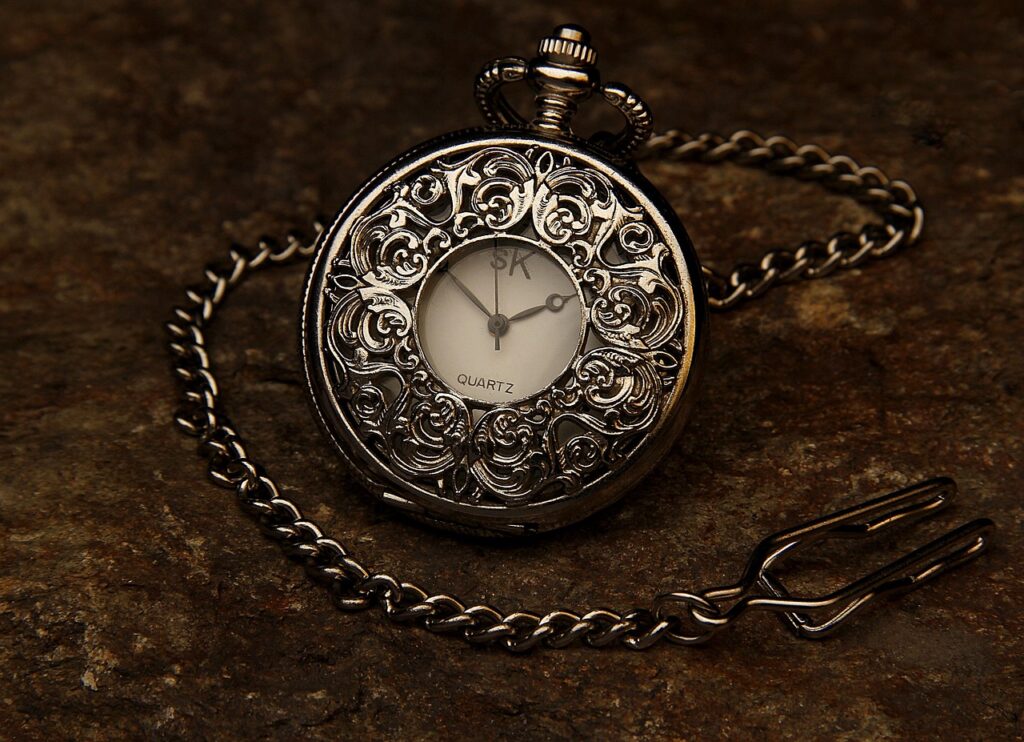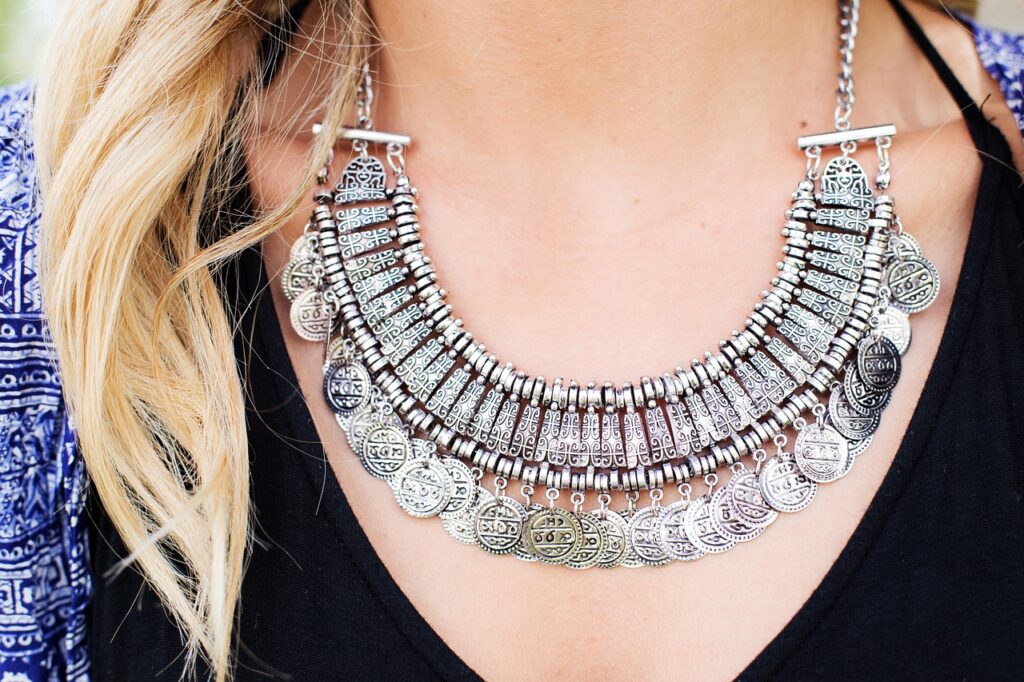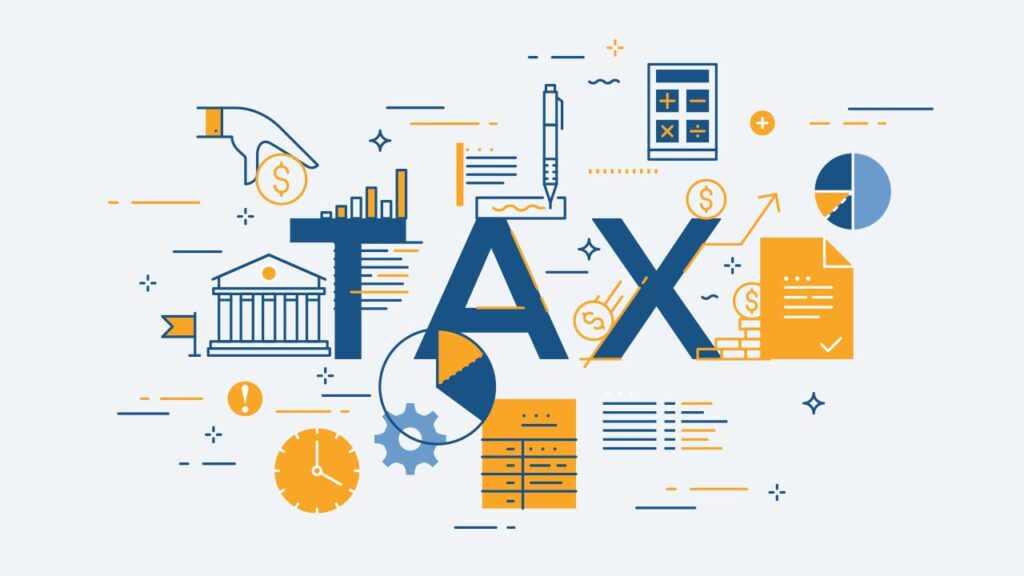
In the complex and often unpredictable landscape of global finance, investors perpetually seek stable assets that can safeguard wealth and generate returns, especially during periods of pronounced economic uncertainty. While gold has historically dominated this conversation, serving as the quintessential safe-haven asset for millennia, a less luminous but increasingly potent contender has quietly begun to capture significant attention: silver.
Over the past year, silver has shed its ‘poor man’s gold’ moniker, demonstrating an unprecedented surge in value that has not only surpassed its more esteemed counterpart in performance but has also ignited vigorous debate among economists and market strategists. As geopolitical tensions simmer, inflation concerns persist, and central banks deliberate on future interest rate policies, silver’s unique confluence of investment appeal and critical industrial utility positions it as a metal with a compelling narrative, potentially reshaping conventional portfolio strategies.
This in-depth analysis aims to dissect the multifaceted drivers behind silver’s remarkable resurgence, exploring whether its current trajectory signifies a temporary spike or a fundamental shift that could cement its status as a cornerstone investment for the foreseeable future. We will examine the core reasons why this often-overlooked precious metal is increasingly being considered not just an alternative, but a potential frontrunner in the evolving calculus of precious metal investments.
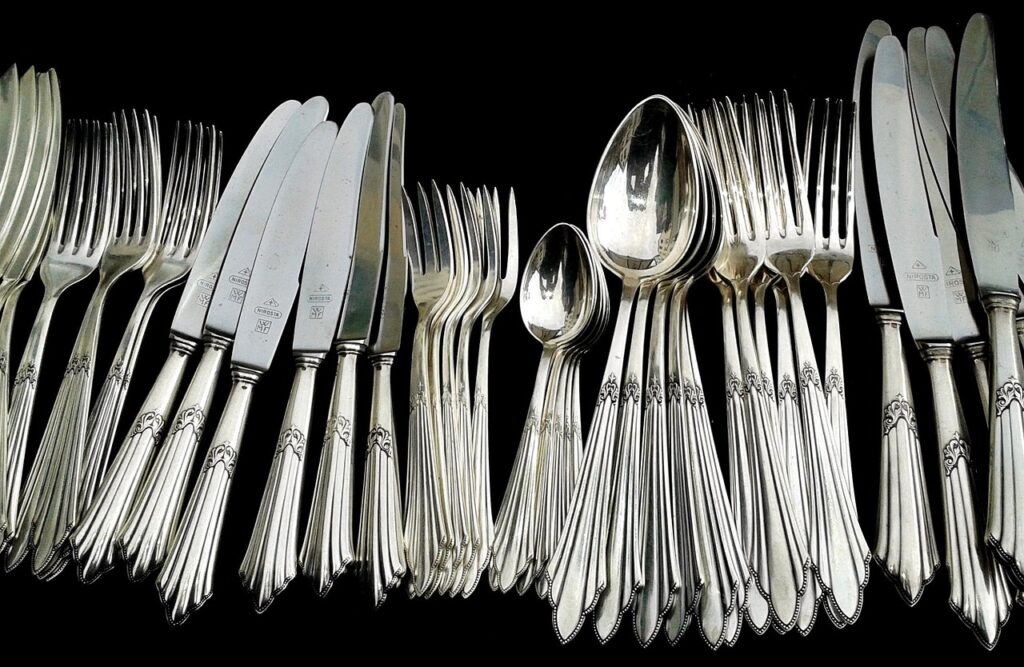
1. Silver’s Remarkable Price Surge and Record-Breaking Performance
Silver has recently delivered an astonishing performance, experiencing a price surge that has captured the attention of investors worldwide. The value of silver has soared by more than 78% this year as of mid-October 2025, reaching fresh record highs and notably surpassing an all-time high set four decades ago. This rapid appreciation underscores a significant shift in market dynamics and investor sentiment towards the metal.
On Monday, October 13, 2025, spot silver rose approximately 3.5% over the preceding day, trading at $52.25 per ounce. Concurrently, silver futures, which investors frequently utilize to hedge positions, rallied by 6.7% to around $50.45. This latest intraday high for spot silver occurred after the metal had already breached the $50 threshold on the preceding Friday, aligning with a broader rally in gold futures during a period of government shutdown. Crucially, this performance also eclipsed an earlier record of $49.95 per ounce established in January 1980.
Further reinforcing this impressive trajectory, data from American Hartford Gold indicated that on January 1, silver was priced at $28.92 per ounce, yet by October 16, it was selling for $53.09 for the same amount, representing an increase of over 80% within the year. MoneyWeek similarly reported silver prices hitting an all-time high of $51.2 per ounce on October 9, 2025, after rising over 30% in the preceding month alone. These figures collectively illustrate a powerful upward momentum, challenging previous benchmarks and drawing considerable investor interest.
Analysts are keenly observing these developments, with some forecasting continued gains. Goldman Sachs analysts, for instance, wrote in mid-October that silver prices are likely to sustain their upward trend amidst the ongoing government shutdown and expectations of anticipated interest rate cuts from the Federal Reserve. Bank of America analysts further corroborated this optimism by raising their price forecasts for both gold and silver, becoming the first major bank to lift its 2026 outlook for silver to $65 an ounce. This series of events positions silver’s recent price action as a pivotal moment in its market history, signaling a potential recalibration of its perceived value and investment utility.
2. Affordability and Accessibility for a Broader Investor Base
One of the most compelling arguments for considering silver as an investment, particularly in the current economic climate, lies in its relative affordability compared to gold. While gold has recently soared to unprecedented highs, comfortably exceeding $4,000 and even reaching $5,100 per ounce in some reports, silver offers a significantly lower entry price point, typically hovering around $50-$60 per ounce. This substantial difference in per-ounce value makes silver an accessible option for a much wider spectrum of investors.
For many prospective precious metal investors, or existing ones who find gold’s current valuation prohibitive, silver presents an attractive alternative. Its affordability allows individuals with diverse budget constraints to gain exposure to precious metals, enabling portfolio diversification without the substantial capital outlay required for gold. This accessibility is a crucial factor for beginners looking to enter the precious metals market, as well as for veteran investors seeking to expand their holdings without overextending their financial commitments.
Moreover, the concept of a “relatively low cost” takes on added significance when considering the recent price increases. With silver prices already rising substantially, some experts suggest that the current period might represent one of the final opportunities to acquire silver at these comparatively lower price levels before potential further surges. This perspective encourages timely action for those looking to capitalize on its upward momentum, particularly before its price ceiling becomes even more difficult to anticipate.
This affordability is not merely about the initial purchase price; it also extends to the practicalities of accumulating assets. For investors aiming to regularly add to their precious metal holdings, silver’s lower unit cost permits more frequent or larger volume purchases within a given budget. This flexibility makes it a practical choice for dollar-cost averaging strategies, allowing investors to build a substantial position over time, thereby democratizing access to a traditionally elite asset class.
Read more about: 12 Automotive Legends Who Drove Innovation and Changed the Game Forever
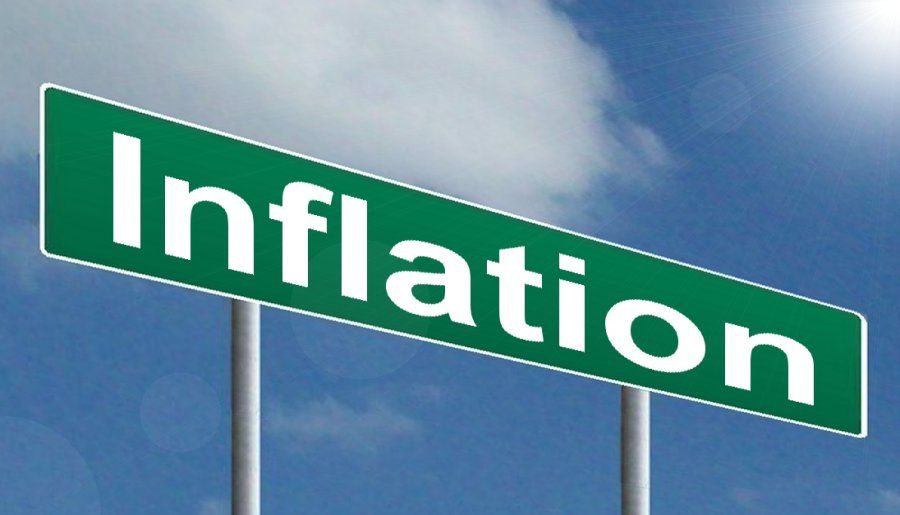
3. Silver as a Potent Hedge Against Inflation and Uncertainty
In an era characterized by elevated concerns over inflation, unemployment, and geopolitical instability, silver has emerged as a robust hedge, offering many of the same protective qualities traditionally associated with gold. Precious metals like silver and gold have historically demonstrated their value as safe-haven investments during periods of “elevated” economic and policy uncertainty, proving resilient when conventional assets like equity markets perform poorly.
Just as gold, silver is widely recognized for its consistent value during turbulent economic times, making it an effective protector of capital rather than solely an income producer. This characteristic is particularly vital now, as global economies grapple with persistent inflationary pressures and the potential for further economic downturns. Investing in silver can provide a tangible asset that tends to maintain its purchasing power when fiat currencies depreciate, thus safeguarding an investor’s wealth against erosion.
Furthermore, silver serves as a critical tool for portfolio diversification. In times when stock and bond markets face heightened volatility or systemic risks, the inclusion of precious metals like silver can help mitigate overall portfolio risk. Ray Dalio, a hedge fund billionaire, has advocated for new investors to rely on gold when other trades, like equity, perform poorly, arguing gold remains “the one asset that does very well.” Silver, at a fraction of gold’s price, offers a similar baseline of stability, allowing investors to take more calculated risks with other asset classes while maintaining a secure foundation.
Beyond economic uncertainties, geopolitical factors also play a significant role in bolstering silver’s appeal as a hedge. Heightened hopes for additional interest rate cuts, a weaker U.S. dollar, and “tariff-related inflation angst” are all factors that underpin rallies in gold and other precious metals, including silver. These interconnected global dynamics underscore silver’s multifaceted utility, positioning it as a fundamental component for investors seeking comprehensive protection against a broad spectrum of market and geopolitical risks.
Read more about: Navigating Market Volatility: Identifying Risky Platforms and Building a Resilient Portfolio Before the Next Crash
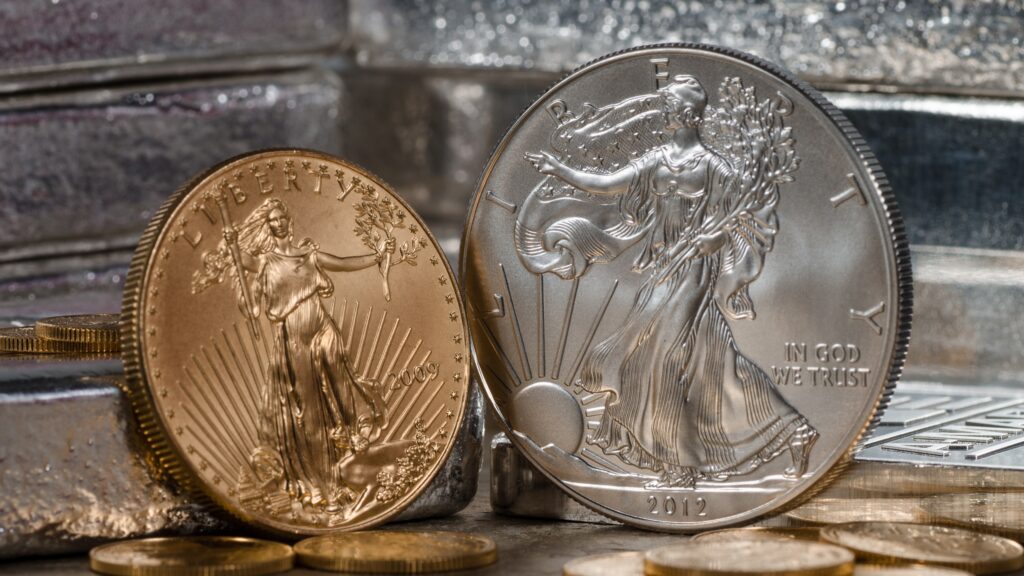
4. The Gold-Silver Ratio: Decoding Historical Valuation Signals
For centuries, the gold-silver ratio has served as a pivotal indicator for investors, offering insights into the relative valuation of these two precious metals. This ratio quantifies how many ounces of silver are required to purchase one ounce of gold, and its fluctuations often signal shifts in market sentiment and potential investment opportunities. Historically, gold and silver have been directly compared due to their shared significance as precious metals used in coinage, making this ratio one of the oldest continually tracked financial metrics.
At the time of writing, the gold-silver ratio stood approximately at 79.4, having decreased from a peak of 104 in April, amidst a period of significant tariff turmoil. Traditionally, any ratio above 80 has been considered high, suggesting that gold might be overvalued relative to silver, and consequently, indicating a potentially opportune moment to invest in silver. This historical benchmark suggests that silver, despite its recent gains, may still present a compelling value proposition to investors when assessed against gold.
However, it is crucial to acknowledge that in recent years, gold has more commonly traded at higher values relative to silver, leading to periods where the ratio has remained elevated. This trend is partly attributable to the unique demand drivers for gold. Robert Crayfourd, portfolio manager of the Golden Prospect Precious Metals investment trust, notes that “Central banks have been the primary driver [of precious metal demand].” He explains that central banks, dealing with immense sums of money, prioritize assets with lower volume, making gold “perfect” for their large-scale investments. This institutional demand has helped justify gold trading at a higher ratio, somewhat decoupling it from historical norms.
Despite this, market analysts like Gregor Gregersen, founder of precious metals dealer Silver Bullion, advise investors to consider going “heavier” on silver when the gold-silver ratio remains above 70, as this indicates silver is comparatively cheap. Kunal Shah, head of commodities research at Nirmal Bang, also views the current gold-silver ratio as being in favor of silver, suggesting it has better potential than gold for yielding returns in the near future. Understanding this ratio provides a strategic lens through which investors can assess the relative attractiveness of silver, guiding decisions to rebalance portfolios or initiate new positions based on historical and contemporary market dynamics.
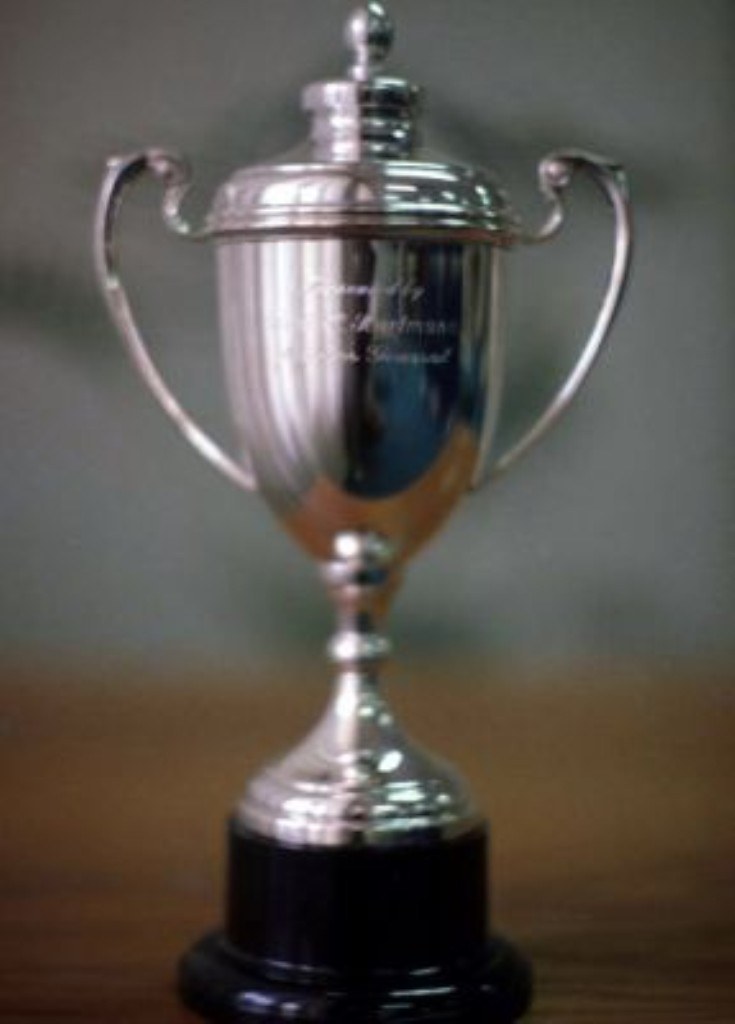
5. Industrial Demand: The Unsung Pillar of Silver’s Value
While gold’s allure primarily stems from its status as a monetary metal and a store of value, silver’s investment case is distinctly bolstered by its extensive and growing industrial applications. In the modern era, industrial demand represents over 50% of silver’s total consumption, a stark contrast to gold. This fundamental difference means that silver prices are significantly influenced by economic growth and technological advancements, often tracking the action in copper prices more closely than gold.
Silver possesses unparalleled physical properties, including the highest electrical and thermal conductivity among all metals, making it indispensable across a vast array of modern technologies. As Robert Crayfourd of Golden Prospect Precious Metals highlighted, “Historically, there would have been a closer relationship between silver and gold in their end uses. But today, silver is over 50% industrial, and that’s primarily going into high-end electronics.” Indeed, virtually “anything you can see around you with an on/off switch likely contains silver.” Its applications extend to brazing and alloys, the chemicals industry, and medical equipment, where its inert ‘noble’ metal properties prevent bacterial growth.
Crucially, silver is at the heart of several burgeoning “boom industries” that are experiencing rapid expansion, including clean energy, artificial intelligence (AI), and defense. The global push towards a low-carbon future, for instance, has significantly increased demand for silver in photovoltaic (PV) solar panels and electric vehicle batteries. Vasu Menon, managing director for investment strategy at OCBC Bank, notes that “As the demand for electric vehicles and solar energy continues to rise, demand for silver should rise and this is likely to further support prices.” This structural demand from transformative technologies provides a robust and enduring foundation for silver’s value.
Furthermore, the potential for resolution in ongoing global conflicts, such as those in Ukraine and Gaza, could trigger substantial demand for silver due to post-conflict reconstruction efforts. This factor, combined with the continuous innovation requiring silver’s unique properties, suggests that industrial demand will remain a powerful and upward force on silver prices. The Silver Institute reported that total industrial silver demand increased from 491 million ounces in 2015 to a record 680.5 million ounces in 2024, unequivocally cementing industrial use as a primary driver of its increasing valuation and future potential.

6. The Unprecedented Supply Deficit and Market Liquidity Squeeze
Adding another layer of bullish sentiment to silver’s outlook is the critical factor of supply-demand dynamics, which have recently pointed to an unprecedented market deficit and a tightening of liquidity. Reports indicate that global silver demand has consistently outpaced supply, leading to a significant and sustained imbalance that is directly impacting prices.
According to The Silver Institute, between 2016 and 2024, total annual demand for silver increased from 993.3 million ounces to 1.16 billion ounces. Over the same period, supply actually fell from 1.06 billion ounces to 1.02 billion ounces. This remarkable shift means that where there was a surplus eight years ago, there is now a pronounced deficit. This trend has continued, with demand for the metal outpacing supply by approximately 17% on average between 2021 and 2024, and the market is still projected to remain in deficit for 2025, marking the fifth consecutive year of such conditions.
The strain on global supply is multi-faceted. Vasu Menon of OCBC Bank highlights that “primary silver mines, or mines with silver as the main product rather than a by-product of lead, zinc and copper mining, are few and far between.” This scarcity of dedicated silver production makes the metal’s supply inherently more vulnerable to disruptions. Indeed, disputes and strikes have recently impacted output, including mine closures in South America in 2023 and a three-year strike at an Idaho silver mine in 2017. Furthermore, the number of new silver discoveries has been declining in recent years, leading to a lower overall output at a time when demand is accelerating.
Anant Jatia, Greenland Investment Management’s chief investment officer, described the current situation in London, silver’s global trading hub, as “entirely unprecedented,” noting that there is “no liquidity available currently” due to recent inventory declines. This liquidity squeeze, while potentially short-lived as higher prices incentivize metal to “flow back” from other regions, has undoubtedly fueled silver’s recent surge. The confluence of surging industrial demand and constrained supply creates a powerful economic force, pushing prices higher and reinforcing the narrative of silver’s intrinsic value in a world facing increasing resource scarcity and technological reliance.
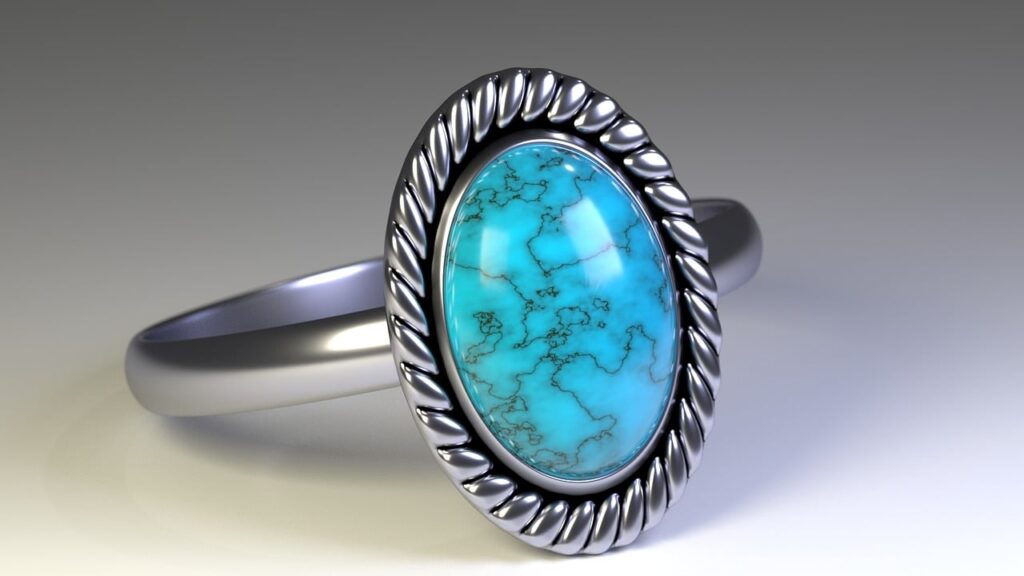
7. The Volatility of Silver: The ‘Devil’s Metal’ Persona
Silver, while a precious metal like gold, exhibits pronounced market volatility, earning it the moniker “the devil’s metal.” Adrian Ash, director of research at BullionVault, describes silver as “More irrational, more volatile, more dangerous,” aptly capturing its propensity for sudden, sharp price movements. This contrasts sharply with gold’s steadier trajectory, often underpinned by central bank and institutional support.
Silver’s amplified volatility stems from its market structure. Compared to gold, silver trades in a significantly smaller and less liquid market. Even modest shifts in supply, demand, or sentiment can trigger outsized price reactions. Gold’s high per-ounce value makes it “perfect” for central banks managing immense capital flows, as noted by Robert Crayfourd, allowing large investments without market disruption. Silver lacks this institutional liquidity, intensifying its sensitivity.
This volatility presents both opportunities and challenges. While sharp upward movements yield gains, equally swift downturns necessitate robust risk management. Vasu Menon of OCBC Bank advocates for “a strategy of buying silver gradually over time…rather than lump-sum investing.” This dollar-cost averaging can mitigate risks from unpredictable short-term fluctuations, building a resilient position for long-term diversification.

8. Contrasting Demand Drivers: Silver Versus Gold
A crucial distinction between silver and gold lies in their primary demand drivers. Gold’s allure is rooted in its historical role as a monetary metal and premier store of value. Its demand is heavily influenced by geopolitical uncertainty, inflation, and central bank purchases. Robert Crayfourd emphasizes “Central banks have been the primary driver,” preferring gold for its high per-ounce value, ideal for managing immense capital flows. This institutional demand underpins gold’s relatively stable trajectory.
In contrast, silver’s investment case is profoundly bolstered by its extensive industrial applications, accounting for over 50% of its total consumption. Silver possesses unparalleled physical properties, including the highest electrical and thermal conductivity, making it indispensable across modern technologies. As Crayfourd noted, “anything you can see around you with an on/off switch likely contains silver.” Its uses span high-end electronics, brazing, chemicals, and medical equipment, linking its value intrinsically to global economic growth and technological advancement.
This divergence leads to distinct market behaviors. While gold often acts as a counter-cyclical asset, silver’s industrial dependency means its prices often correlate more closely with economic cycles and commodity prices like copper. Vasu Menon highlights that “As the demand for electric vehicles and solar energy continues to rise, demand for silver should rise.” This structural demand from burgeoning sectors like clean energy, AI, and defense provides a robust foundation for silver’s valuation.
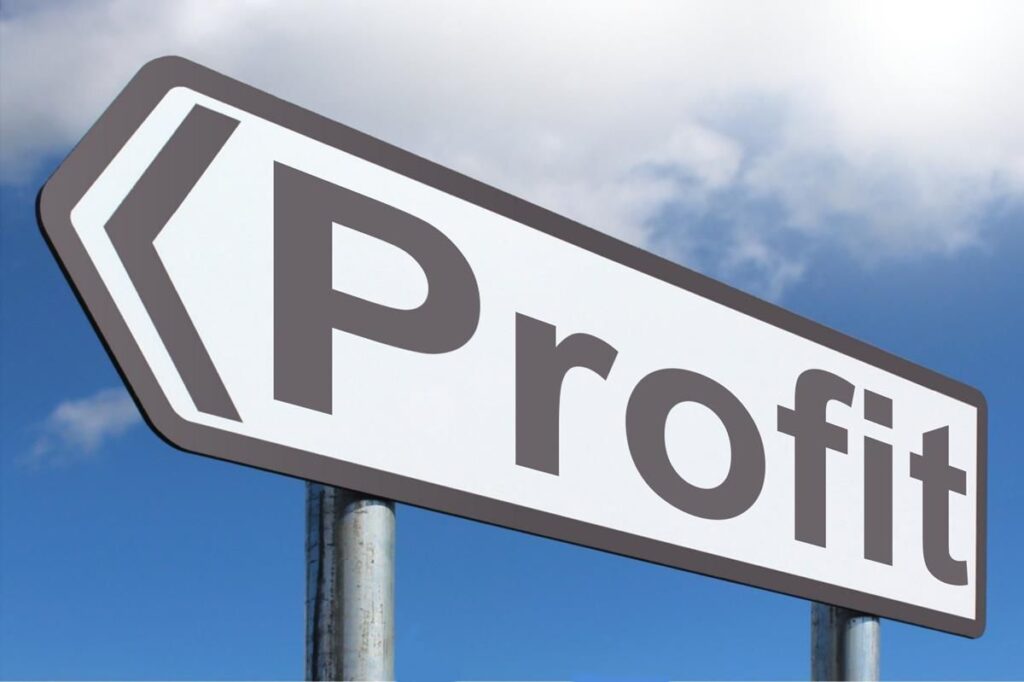
9. Dual Potential: Quick Profits and Long-Term Portfolio Diversification
While precious metals are generally wealth safeguards, silver’s recent performance suggests a dual potential. Its astonishing price surge, exceeding 80% this year, created opportunities for “relatively quick profits.” Instances where “many investors were able to sell their silver at a price almost double what they bought it for” underscore its capacity for significant short-term gains. This dynamic, driven by supply deficits and rising demand, “appears unlikely to change,” offering an incentive for timely returns.
However, temper quick profit expectations with silver’s foundational role as a robust instrument for portfolio diversification and a potent hedge against inflation. Similar to gold, silver offers consistent value during turbulent economic times, protecting capital when conventional assets falter. At a fraction of gold’s cost, silver provides a comparable baseline of stability, helping mitigate overall portfolio risk, especially during market volatility, by offering an asset that often moves independently.
Silver’s affordability further enhances its diversification utility. For investors finding gold’s valuation prohibitive, silver presents an accessible entry point to gain precious metal exposure without substantial capital outlay. This allows individuals to build a diversified portfolio, protecting against inflationary pressures and economic downturns, while potentially taking more calculated risks with other, higher-growth asset classes. Its capacity to maintain purchasing power offers essential security.
Despite recent profitability, silver’s core investment thesis remains centered on its protective and diversifying attributes. While short-term gains are possible, experts caution against viewing precious metals solely as “rapid profit-generating machines.” Instead, silver is best integrated into a comprehensive strategy as a foundational component offering stability, inflation protection, and enhanced portfolio resilience, complementing other assets when they might struggle.
Read more about: Mastering Your Money: 14 Essential Skills for Unshakeable Financial Stability by Age 35
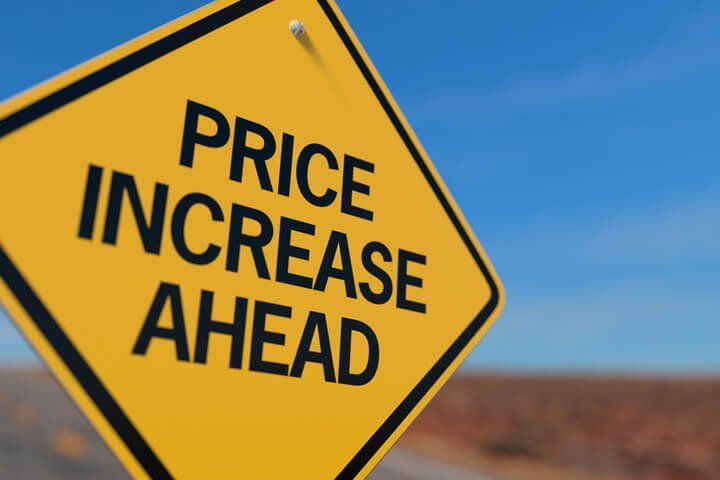
10. Macroeconomic and Geopolitical Undercurrents Shaping Silver Prices.
Silver prices, like gold’s, are significantly influenced by a complex interplay of macroeconomic forces and geopolitical developments. These encompass financial stresses, interest rate trajectories, inflation expectations, and critical policy decisions. Adrian Ash highlighted that “many of the same drivers that impact the gold price…also influence silver,” underscoring its sensitivity to the broader economic and political landscape.
Specific global dynamics currently provide strong tailwinds. “Heightened hopes for additional interest rate cuts,” anticipated from the Federal Reserve, typically depress the U.S. dollar, making dollar-denominated commodities like silver more attractive. Concurrently, a “weaker U.S. dollar” and “tariff-related inflation angst” are significant factors that “underpin rallies in gold and other precious metals, including silver.” These elements create an environment where investors seek tangible assets to preserve wealth.
Beyond monetary policy, the metal’s industrial demand is poised to benefit from improving global economic prospects. Mr. Goh Jun Yong notes that “lower rates will likely boost global growth prospects as well, which should support the industrial portion of silver demand.” Moreover, potential resolution to global conflicts, such as in Ukraine and Gaza, could trigger “significant demand for silver due to reconstruction efforts,” as Vasu Menon suggests. This multifaceted sensitivity ensures silver remains deeply responsive to shifts in the global environment.
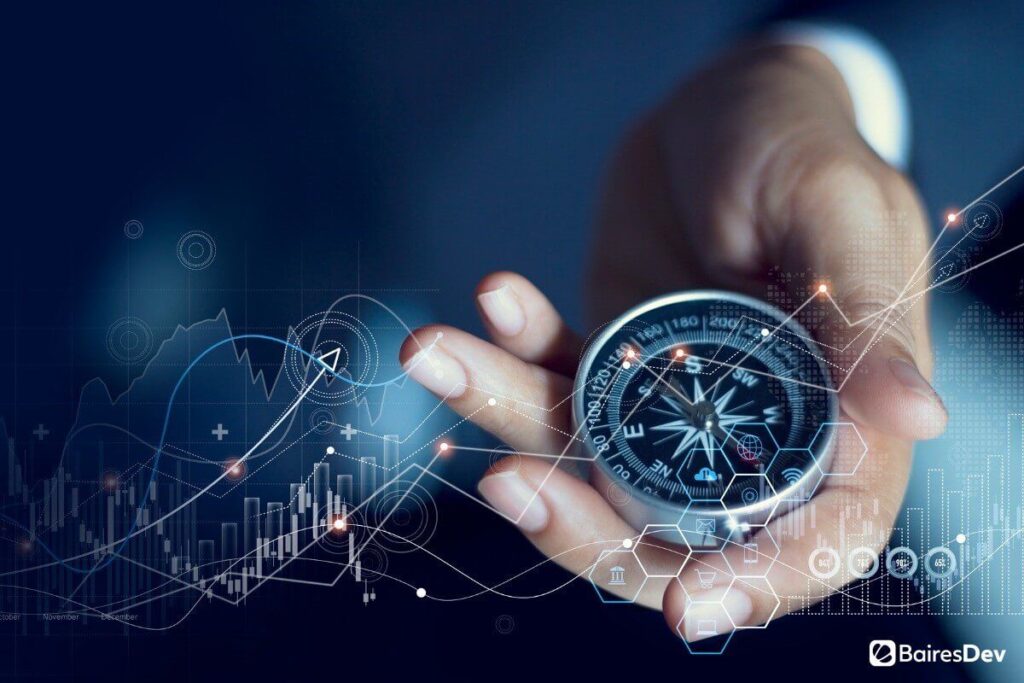
11. Navigating Diverse Investment Avenues for Silver.
For investors, various avenues exist to capitalize on silver’s potential. Direct physical silver (coins or bars) offers tangible ownership but incurs practical challenges: VAT (20%) and typical 10-15% dealer spreads. A Singapore investor reported higher premiums for silver (6%) compared to gold (3%), with premiums widening for heavier bars. Independent storage and insurance also add expense and risk.
To mitigate these, specialist custodians offer an alternative. They enable holding physical silver, potentially avoiding sales tax and benefiting from reduced trading spreads. Storing silver in professional vaults eliminates personal expense and risk. This option maintains direct allocated physical ownership, leveraging intrinsic value without immediate practical burdens.
Beyond physical holdings, investors can gain exposure through more liquid, exchange-traded products. Physical silver Exchange-Traded Commodities (ETCs), like the iShares Physical Silver ETC (LON: ISLN), track the spot price of silver. These instruments offer convenience, liquidity, and ease of trading without the complexities of physical acquisition and storage, making them broadly accessible.
Another approach involves investing in silver mining companies, either via individual shares or specialized ETFs (e.g., Global X Silver Miners UCITS ETF (LON:SILV)). Investment trusts like Golden Prospect Precious Metals (LON:GPM) also offer exposure. However, this is a distinct, arguably riskier, investment. While silver prices impact miners’ shares, companies are exposed to operational efficiency, mismanagement, and broader market risks, diluting direct correlation to silver’s spot price.
Read more about: Navigating Market Volatility: Identifying Risky Platforms and Building a Resilient Portfolio Before the Next Crash
12. Expert Forecasts: Charting Silver’s Future Trajectory
Expert forecasts widely support a sustained upward trajectory for silver. Paul Syms of Invesco sees “little reason to think the upward trajectory… will cease,” noting a strengthened narrative. BullionVault’s surveys showed optimism, predicting $41.18 per ounce by late 2025 – a level recently surpassed.
Financial institutions and analysts have revised price targets upward. Bank of America analysts lifted their 2026 outlook for silver to $65 an ounce. Kishore Narne of Motilal Oswal anticipates “25-30% in the medium term.” Kunal Shah of Nirmal Bang forecasts “15-20% over a one-year time period,” driven by fundamentals and the gold-silver ratio.
These positive outlooks are founded on multifaceted drivers: the Fed’s dovish stance and “heightened hopes for additional interest rate cuts” expected to boost global growth, supporting industrial demand. Vasu Menon reiterates that “As the demand for electric vehicles and solar energy continues to rise, demand for silver should rise.” This structural demand, coupled with persistent supply deficits—projected for the fifth consecutive year in 2025—creates a powerful economic force.
However, warnings regarding silver’s inherent volatility persist. Bank of America, while raising its forecast, “warned of possible near-term risks for silver, suggesting prices could become volatile as liquidity grows and demand drops.” Goldman Sachs analysts anticipated “more volatility and downside price risk” compared to gold, due to gold’s central bank demand. Despite these caveats, the consensus leans towards silver remaining a favored asset, benefiting from “spillover interest” from gold’s robust performance.
Ultimately, silver’s trajectory appears robust, anchored by its industrial utility, tightening supply, and increasing strategic recognition. While its ‘devil’s metal’ characteristics demand a discerning approach, its unique blend of industrial indispensability and safe-haven properties positions it as compelling in the evolving financial landscape. Investors are advised to integrate silver thoughtfully, recognizing its potential for significant returns and essential diversification amidst global uncertainties.
Silver’s narrative has fundamentally shifted, positioning it as more than merely a cheaper alternative to gold. Its unprecedented price surge, compelling affordability, critical industrial utility in burgeoning technologies, and persistent supply deficits collectively underscore its growing significance in modern investment portfolios. While its inherent volatility necessitates a strategic and informed approach, silver’s dual capacity as both a potential source of significant returns and a robust hedge against economic and geopolitical uncertainties makes its case increasingly compelling. For discerning investors navigating a complex global economy, silver is emerging not just as a complementary asset, but as a potential cornerstone, poised to redefine its role in wealth preservation and growth for the foreseeable future. The ‘new gold’ may indeed be shining with a silver gleam.

